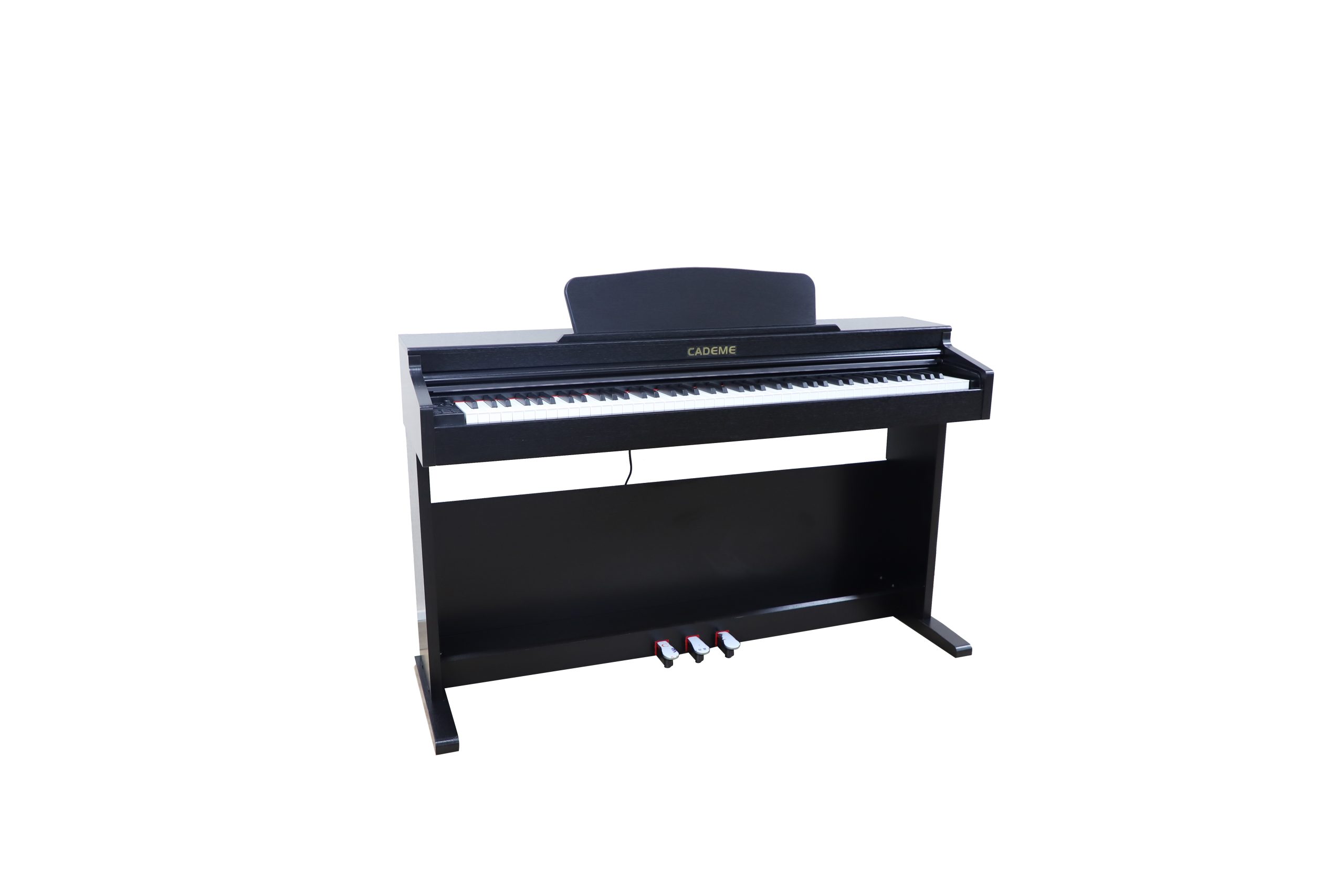The digital piano, a revolutionary instrument in modern music, has transformed how musicians and enthusiasts engage with music. Unlike its acoustic counterpart, the digital piano emerged to bridge the gap between traditional piano playability and the conveniences of advanced technology. This article delves deeply into the fascinating journey of the digital piano, from its inception to its current significance in the world of music.
What Is a Digital Piano?
A digital piano is an electronic instrument designed to emulate the sound and feel of an acoustic piano. Unlike traditional pianos, digital pianos use sampled or synthesized sounds to recreate the tonal richness of an acoustic grand or upright piano. Equipped with advanced features such as headphone outputs, connectivity to other devices, and various sound effects, digital pianos are a staple in modern households, studios, and performance spaces.
The Evolution of Piano Technology
The Early Years of Piano Innovation
The history of pianos can be traced back to the invention of the fortepiano by Bartolomeo Cristofori in the early 1700s. The fortepiano gradually evolved into the modern acoustic piano, which became the gold standard for musical expression. However, its size, weight, and high maintenance requirements led to the search for more portable and cost-effective alternatives.
By the mid-20th century, electronic keyboard instruments like the Rhodes piano and Wurlitzer electric piano gained popularity. These instruments, though not digital, paved the way for the birth of true digital pianos by introducing electronic sound generation techniques.
The Rise of the Digital Piano in the 1980s
The first commercially viable digital pianos emerged in the 1980s, with pioneers like Yamaha, Roland, and Korg leading the charge. These instruments used digital sampling technology to capture the authentic sound of acoustic pianos. Innovations such as MIDI (Musical Instrument Digital Interface) allowed digital pianos to interact with computers and other electronic devices, revolutionizing the music industry.
Notable early models included the Yamaha Clavinova series, which combined realistic piano sounds with sleek designs, and the Roland RD series, which became a favorite among professional musicians.
Key Features That Define Digital Pianos
Weighted Keys for Authentic Playability
One of the most significant advancements in digital pianos is the introduction of weighted keys. These keys mimic the hammer action of acoustic pianos, providing a realistic touch that appeals to both beginners and seasoned pianists.
High-Quality Sound Sampling
Modern digital pianos feature multi-layered sound samples recorded from concert grand pianos. Technologies like Yamaha’s Pure CF Sound Engine and Roland’s SuperNATURAL sound modeling ensure that every note played is rich, dynamic, and true to life.
Portability and Convenience
Digital pianos are designed to be compact and lightweight, making them ideal for musicians on the go. Additionally, they require no tuning, reducing maintenance costs compared to traditional pianos.
Connectivity Options
With features like Bluetooth, USB, and MIDI, digital pianos can connect to various devices, enabling integration with music software, learning apps, and recording equipment.
The Impact of Digital Pianos on Music Education
Digital pianos have revolutionized music education by making piano learning more accessible. Features like built-in metronomes, lesson modes, and interactive tutorials allow students to practice effectively at their own pace. Many models also support headphone connectivity, enabling quiet practice without disturbing others.
The Digital Piano in Professional Music
Professional musicians have embraced digital pianos for their versatility and reliability. Portable stage pianos, such as the Nord Piano series and the Korg SV-2, are staples for live performances. Studio-grade digital pianos offer customizable sound settings, making them invaluable for recording and production work.
The Future of Digital Pianos
The future of digital pianos lies in artificial intelligence, machine learning, and virtual reality. AI-driven features could adapt the instrument’s sound and playability based on the musician’s style, while VR integration might revolutionize music learning and virtual performances.


